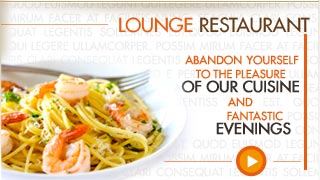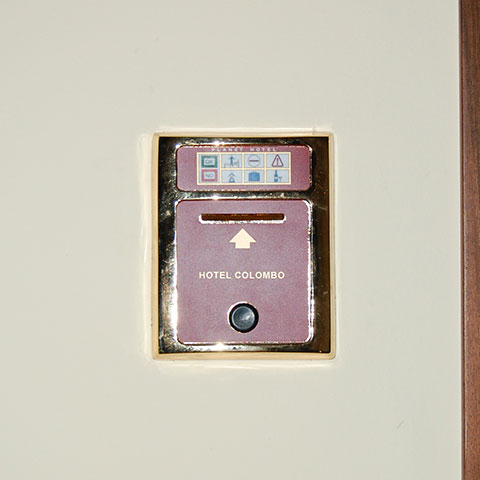Visiting and staying in Treviso
The current city’s origins
can be traced back to between the IX and VIII centuries BC. Already inhabited during Roman times, it was an important centre under the Goths and Lombards. Intersected by the waters of the Sile and Cagnan rivers, Treviso is a city steeped in history, works of art, fresco-adorned houses, churches and palaces but, above all, rich in enchanting landscape vistas.This is a city where modern architecture co-exists with medieval art and architecture, the rhythms of the flourishing economy have a place alongside the tempo of university life, still managing to retain, just the same, an extraordinary human dimension (in the last survey by the financial paper Sole 24 Ore on the personal happiness index, Treviso took second place in Italy).
What to see
The entire city is surrounded by ancient Venetian walls, and has an abundance of elegant palaces and medieval buildings, with facades adorned with geometric patterned or figurative frescoes portraying sacred, allegorical and mythical subjects.At just 15 minutes by car from Piazza dei Signori, the heart of the city, Hotel Colombo, close to Treviso, is the ideal place to stay before setting off to discover the city’s architectural treasures and cultural life. The majestic Palazzo dei Trecento dominates one side of the Piazza dei Signori. Make sure you visit the Piazza del Duomo, the Palazzo del Monte di Pietà, Calmaggiore, Piazza Pola and San Vito. And then there is the imposing, Roman-style Casa dei Carraresi, adorned by two and three light mullioned windows, which began life as a travellers’ hostel and refuge, before eventually becoming a private noble’s residence. Admire the Loggia dei Cavalieri close by, a gambling house frequented by the nobles in the 13th century. It is a brick-built, square building, with five rounded arches on three sides. There are exquisite examples of ecclesiastical architecture to be seen here: the Duomo, a large building with neo-classical façade, the third century Dominican church of San Nicolò, with its imposing yet simple Roman form, with Gothic-transalpine influences, the church and buildings comprising Santa Caterina, completed at the end of the 1300s, its interior ornated with the series of frescoes telling the tale of Saint Ursula, dating back to the 16th century and attributed to Tomaso da Modena.
The Museums
The Municipal Museums in the Santa Caterina buildings (Piazzetta Mario Botter, 1) are host to permanent exhibitions of archaeology, and medieval, Renaissance and modern art.The ‘Luigi Bailo’ Municipal Museum documents the area’s culture from the second millennium back to the High Middle Ages (Borgo Cavour, 24), and Cà dei Carraresi is where major international art exhibitions are held from time to time.
Treviso Gastronomy
Both folksy yet highbrow at the same time, it is the natural meeting point of all the area’s resources.Typical local products, aside from the famed Treviso red radicchio, include asparagus, mushrooms, (and above all, the chiodini mushrooms from Montello), cheeses such as Montasio, Morlacco and Asiago, all produced along the route of the Marca of Treviso, and the production of distilled alcoholic drinks including grappas, the rustic red rosolo wines and nocino (nut liqueur). Wine lovers have a choice of two itineraries to visit wine producers, rediscover farming traditions, and taste excellent products: the Prosecco road and the hillside wines of Conegliano and Valdobbiadene and the nearby Piave Wine road.










